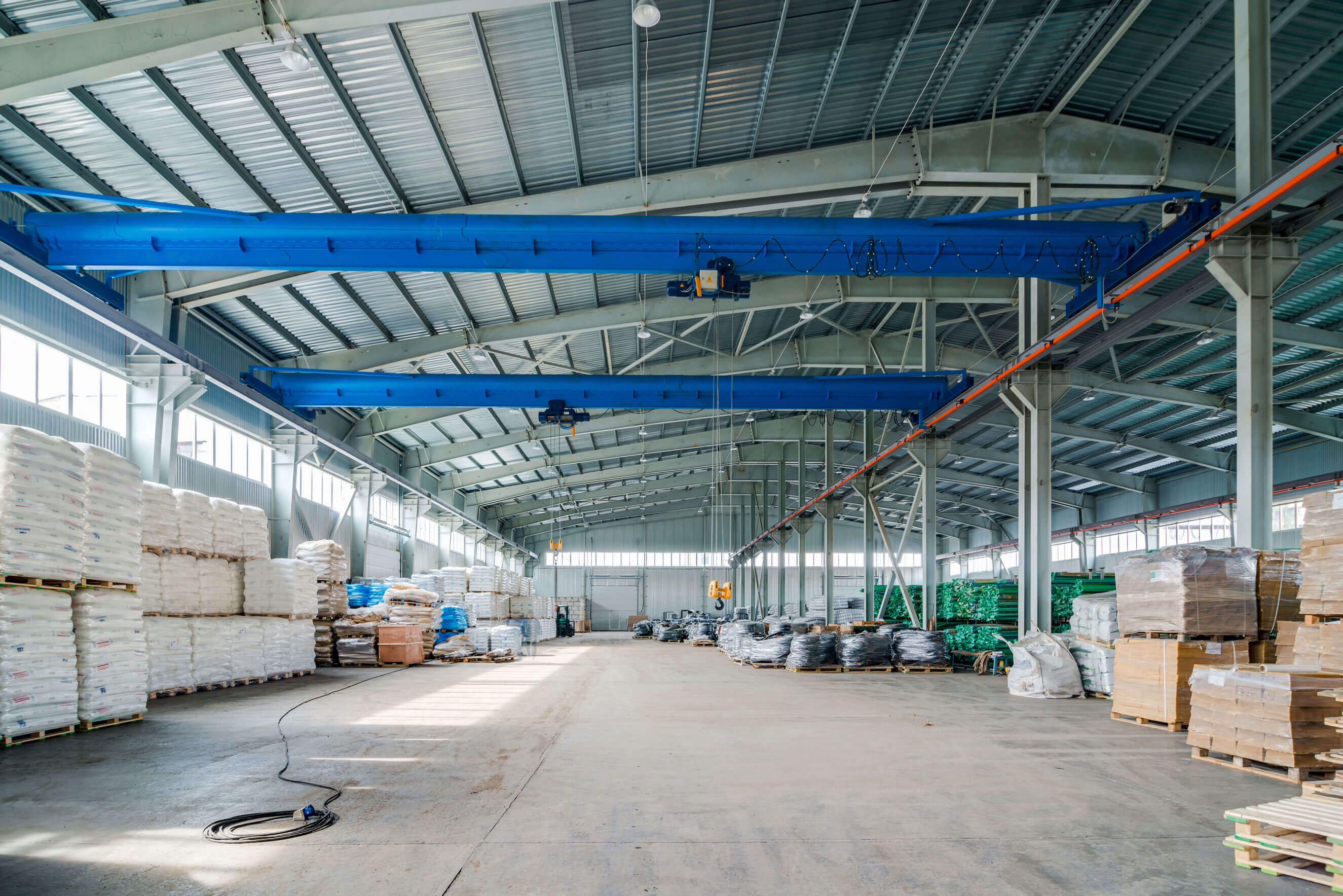Calcium carbide (CaC2) is a chemical compound
that consists of calcium metal and carbon atoms. It is primarily used in
industrial applications, particularly in the production of acetylene gas and
various organic chemicals. Here are some details about calcium carbide:
1. Chemical Formula: CaC2
2. CAS (Chemical Abstracts Service) Number:
75-20-7
3. Molecular Weight: Approximately 64.1 g/mol
4. Physical Properties:
-
Appearance: Calcium carbide is a grayish-white to black solid, depending on its
purity.
-
Density: The density of calcium carbide is approximately 2.22 g/cm³.
-
Melting Point: It has a melting point of approximately 2,200°C (3,992°F).
-
Solubility: Calcium carbide reacts with water to produce acetylene gas (C2H2)
and calcium hydroxide (Ca(OH)2).
5. Chemical Properties:
-
Calcium carbide reacts vigorously with water to produce acetylene gas, which is
highly flammable and used as a fuel and chemical feedstock.
- It
reacts exothermically with acids to produce calcium salts and acetylene gas.
-
Calcium carbide can undergo various reactions, including hydrolysis, oxidation,
and reduction.
6. Production:
-
Calcium carbide is produced industrially through the high-temperature reaction
of calcium oxide (lime) with carbon in the form of coke or coal in an electric
arc furnace.
-
The reaction typically occurs at temperatures above 2,000°C (3,632°F) in the
presence of an electric arc.
7. Uses:
-
Acetylene Production: The primary use of calcium carbide is in the production
of acetylene gas through its reaction with water. Acetylene is a versatile gas
used in welding, cutting, and brazing applications.
-
Chemical Synthesis: Calcium carbide is used as a raw material in various
organic synthesis reactions to produce chemicals such as vinyl chloride,
acetaldehyde, and butadiene.
-
Steelmaking: It is used in the steel industry as a desulfurizing agent and as a
source of acetylene gas for oxyacetylene welding and cutting.
-
Ripening Agent: Calcium carbide is sometimes used illegally as a ripening agent
for fruit, although this practice is banned in many countries due to health
concerns.
8. Health and Safety:
-
Calcium carbide is highly reactive and can release toxic gases such as
acetylene and phosphine when it reacts with water or acids.
-
Inhalation of acetylene gas or calcium carbide dust can irritate the
respiratory tract and cause respiratory distress.
-
Contact with moisture or acids should be avoided to prevent the release of
flammable or toxic gases.
-
Proper handling, storage, and ventilation are essential when working with
calcium carbide to minimize the risk of accidents and exposure.
Calcium carbide is a critical chemical in various industrial processes, particularly in the production of acetylene gas for welding and cutting applications. However, its reactive nature and potential health hazards require careful handling and safety precautions to ensure safe usage.
If you need further information or have specific questions, feel free to ask!

.jpg)
